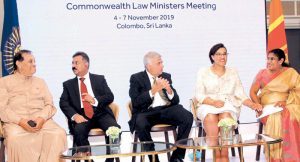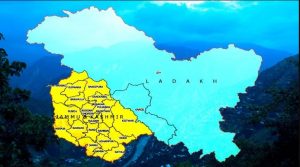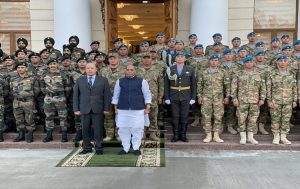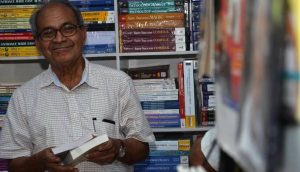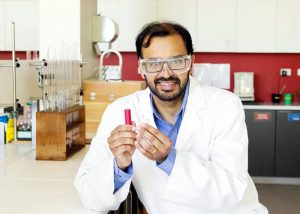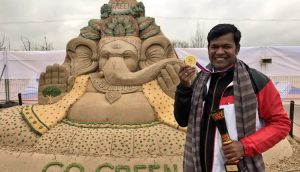VisionIAS
17:19

1) World Tsunami Awareness Day: 5 November
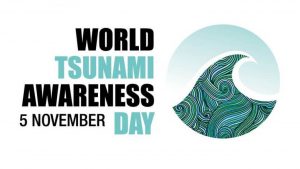
•World Tsunami Awareness Day was the brainchild of Japan, which due to it’s repeated, bitter experience has over the years built up major expertise in areas such as tsunami early warning, public action and building back better after a disaster to reduce future impacts.
2) First-ever movement of container cargo on Brahmaputra

3) Amarinder Singh launches first of its kind ‘Punjab job helpline’for job seekers

4) Guyana to be fastest growing country in the world next year at 86%
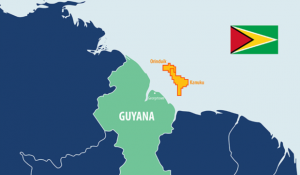
•Guyana’ GDP is to get fourteen times as fast as China’s GDP in 2020. Guyana is projecting $300 million in petroleum revenue in 2020. It is a country of South America with 7,80,000 population and neighbour countries are brazil & Venezuela. The oil sector will represent about 40% of the economy within five years. It crosses $4billion annual Gross domestic product (GDP) and also it will expand to about $15 billion by 2024.
5) IFFCO introduces India’s first nanotechnology-based products for on-field trials
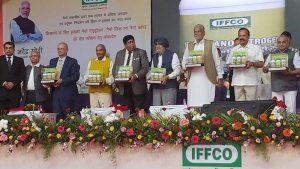
•The products were produced at IFFCO’s Nano Biotechnology Research Centre (NBRC) in Kalol unit. The first phase of the launch was tested with support from Krishi Vigyan Kendras (KVK)/Indian Council of Agricultural Research (ICAR). These nanostructured formulations effectively deliver nutrients to the plants. Other benefits of these Nano-products include a reduction in the requirement of conventional chemical fertilizer by 50%, up to 15-30% increase in crop production, improvement in soil health, reduction in the emission of greenhouse gases.
6) Finance Minister launches two IT initiatives ICEDASH and ATITHI

•ICEDASH is an Ease of Doing Business monitoring dashboard of the Indian Customs helping the public see the daily Customs clearance times of import cargo at various ports and airports. The ATITHI app will facilitate hassle-free and faster clearance by Customs at the airports and enhance the experience of international tourists and other visitors at the airports.
7) Madhuri Vijay’s debut novel ‘The Far Field’ wins 2019 JCB prize for Literature

•JCB prize is an annual Indian literary award instituted in 2018. It is awarded to a distinguished work of fiction by an Indian writer working in English or to a translated fiction by an Indian writer. The award is funded by English construction manufacturing group JCB, which established the JCB Literature Foundation to maintain this award. In 2018, the JCB Prize for Literature was awarded to Jasmine Days by Benyamin, translated from Malayalam by Shahnaz Habib.
8) Aditya Mishra appointed as chairman of Land Ports Authority of India
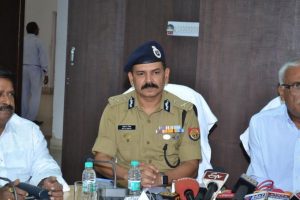
•LPAI develops, sanitises and manage the facilities for cross-border movement of passengers and goods at designated points along the international borders of India.
9) IndusInd Bank appointed Sumant Kathpalia as new MD & CEO
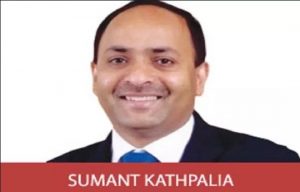
10) Sri Lanka hosts biennial Commonwealth Law Ministers Conference
